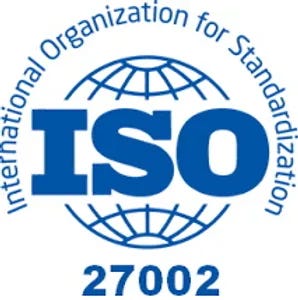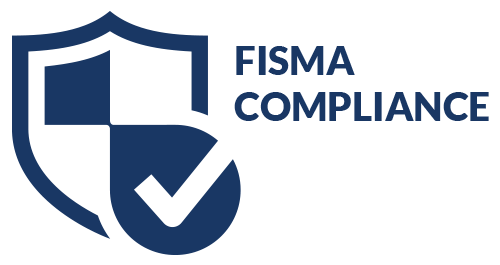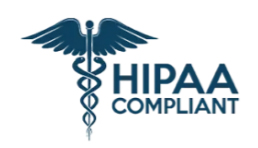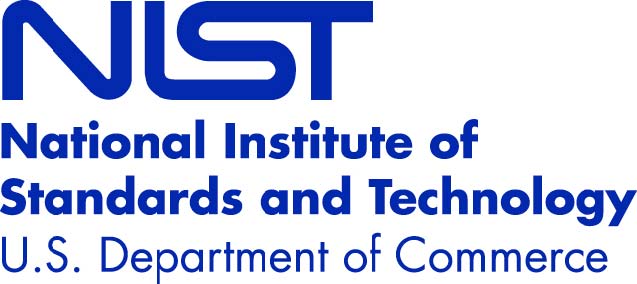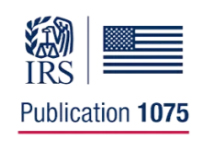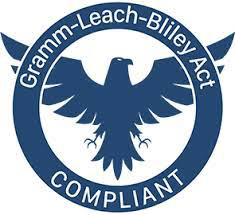Think about the last time someone asked you for money, whether in person, on the telephone, or through the mail. It might have been a utility bill, a medical invoice, or the babysitter requesting payment after you had a date night with your spouse.
How did you feel after that interaction? Did you willingly open your wallet, or did you respond negatively?
In the case of the babysitter, for instance, if he or she demanded payment rudely, you probably crossed that person off your list of prospective babysitters. The negative interaction spoiled all hope of future transactions, which can happen to your business if you don’t follow accounts receivable management best practices.
Public Perception

You’re looking for smiley faces.
The internet is littered with complaints from irate consumers who have experienced negative interactions with bill and debt collectors. They feel harassed, bullied, and misunderstood, and they often name the company to expose its aggressive practices.
When search results for your company reveal hundreds of complaints about debt collection, you’re likely to lose potential customers. People don’t want to do business with companies that handle accounts receivable management poorly.
Repeat Customers
People sometimes forget to pay their bills. Life gets hectic, and an unpaid invoice gets stuffed in the bottom of the junk drawer until an angry debt collector calls.
You can’t assume that every outstanding account traces back to an unscrupulous customer. Courteous debt collection practices allow you to retain otherwise good customers who simply forgot to pay a bill or ran into temporary financial troubles.
It’s five times more expensive to acquire a new customer than to retain an existing one. Don’t burn bridges that might otherwise prove profitable.
The Right Customers
You don’t want to do business with customers who never pay their bills on time or who lack the financial means to satisfy their debts. A proactive accounts receivable management practice can help you pick out the bad apples before they poison your entire business.
All companies function more effectively when they have a stable of reliable customers. Building up that asset might take time, but you’ll thank yourself when your debt collection needs plummet and your cash flow soars.
Clear Expectations

Don’t drown your customers in paperwork, but make sure they know what to expect.
Accounts receivable management doesn’t start with a net-60 invoice. It starts when your customer first signs on the dotted line.
Offer each customer a clear explanation of your billing practices. Mention due dates, late fees, collection practices, and other issues that might come up. Ask your customers to sign a document that describes your billing procedures so everyone knows what to expect.
Unclear expectations can lead to unnecessary frustration and resentment. If your customer thought you had a five-day grace period, but you don’t offer a grace period, you’ll probably get an angry phone call.
You don’t have to drown your business in a sea of debt. If you’re struggling to collect money and boost cash flow, learn more about how to optimize your revenue.
Want to learn more about TSI? Fill out the form and a TSI representative will contact you shortly.
